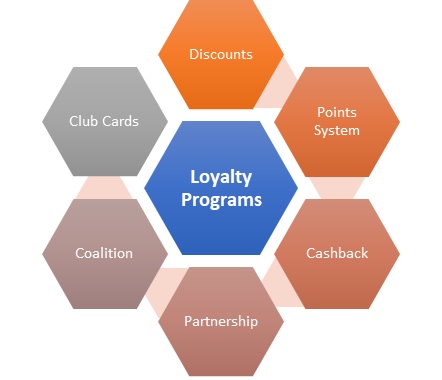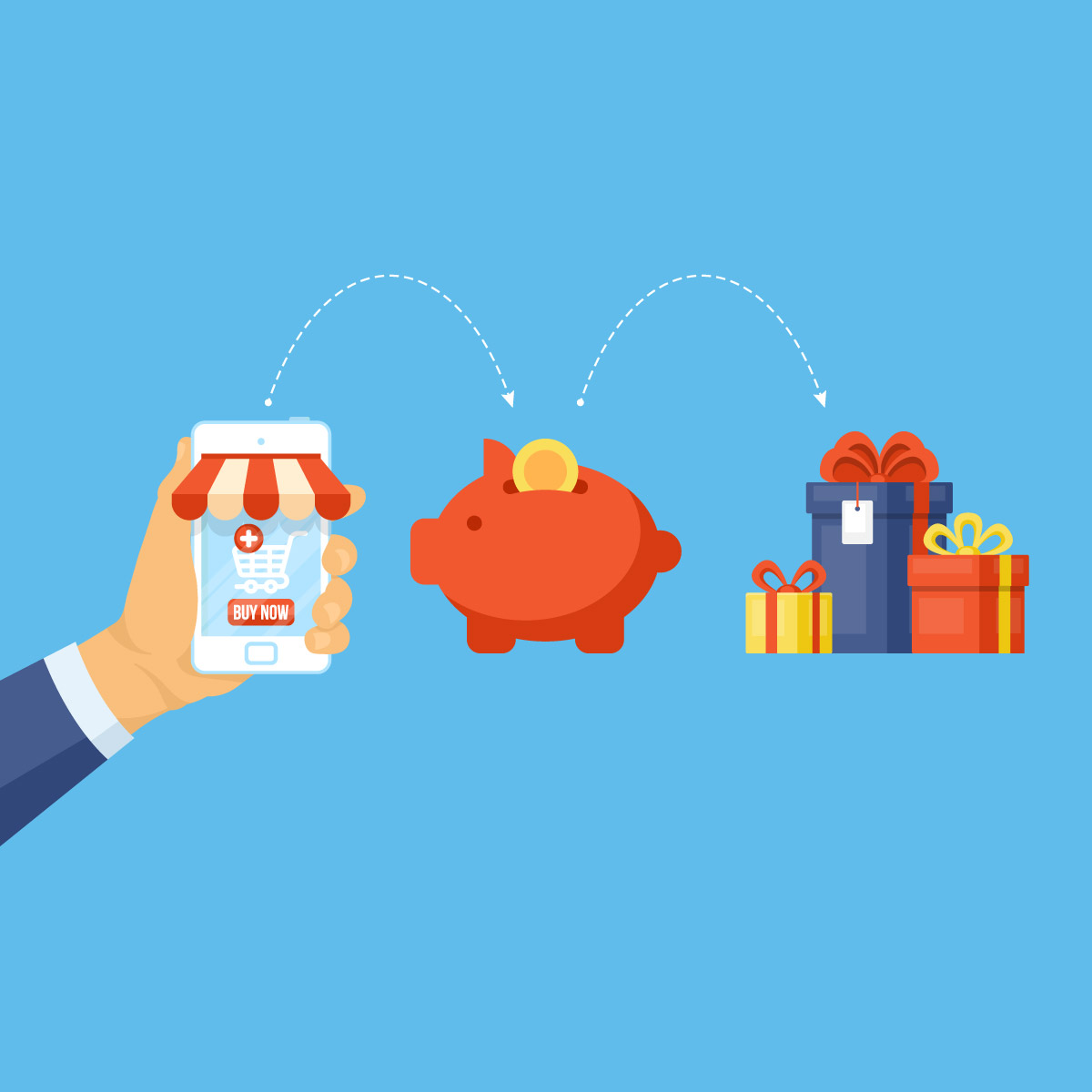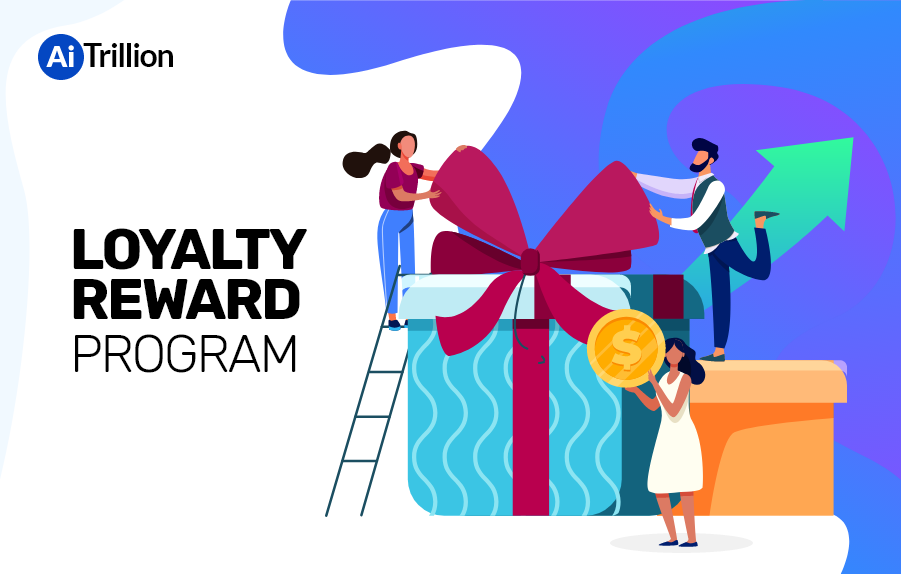All Categories
Featured
Table of Contents
In Florence, SC, Finn Haynes and Jax Griffith Learned About Gift Guides

What if you could grow your company without increasing your spending? In reality, what if you could in fact minimize your spending but increase your sales, every year? Would you do it? If you're an entrepreneur, then you'll likely offer a definite 'yes', a simple response to an even simpler concern.
A benefits program tracks and benefits particular spending habits by the customer, offering unique benefits to loyal customers who continue to patronize a certain brand. The more that the customer invests in the shop, the more advantages they get. In time, this reward develops faithful clients out of an existing customer base.

Even if you already have a benefit program in place, it's a good concept to dig in and completely comprehend what makes customer commitment programs work, in addition to how to carry out one that costs you little money and time. Do not worry, I'll help you with that. I'll break down the primary advantages of a commitment program and the best ways to produce faithful customers.
Let's dig in. Client commitment is when a consumer go back to do business with your brand over your competitors and is largely affected by the favorable experiences that the client has with your brand. The more positive the experience, the most likely they will go back to shop with you. Consumer loyalty is extremely crucial to companies because it will assist you grow your company and sales faster than an easy marketing plan that focuses on recruiting new consumers alone.
A few ways to measure consumer loyalty include:. NPS tools either send out a brand performance study via email or ask customers for feedback while they are going to a company's site. This info can then be used to better understand the possibility of consumer loyalty. A repurchase ratio determines the ratio of repeat buyers versus one-time purchasers.
Client commitment index (CLI). The CLI tracks client loyalty with time and resembles an NPS study. Nevertheless, it considers a few additional factors on top of NPS like upselling and redeeming. These metrics are then used to assess brand name loyalty. A consumer loyalty program is a marketing technique that rewards clients who make purchases and engage with the brand on an ongoing basis.
Client benefits programs are developed to incentivize future purchases. This motivates them to continue doing company with your brand name. Customer commitment programs can be set up in lots of different methods. A popular client loyalty program benefits customers through a points system, which can then be spent on future purchases. Another kind of client loyalty program may reward them with member-exclusive advantages or complimentary gifts, or it might even reward them by donating money to a charity that you and your clients are mutually enthusiastic about.
In 50158, Tyrell Alvarez and Pranav Bernard Learned About Marketing Tips
By offering rewards to your consumers for being loyal and encouraging, you'll build a rapport with them, deepening their relationship with your brand name and ideally making it less likely for them to switch to a rival. You have actually likely seen consumer loyalty programs in your own shopping experience, whether at your favorite coffee shops or your most frequented grocery stores.
But even if everybody is doing it does not mean that's a sufficient factor for you to do it too. The much better you comprehend the advantages of a customer rewards program, the more clearness you will have as you create one for your own store. You won't be distracted by interesting benefits and complex loyalty points systems.
Remember: work smarter, not harder. Client retention is the main benefit of a benefits program that functions as a structure to all of the other benefits. As you provide incentives for your existing customer base to continue to buy from your shop, you will offer your store with a consistent flow of money month after month.
By growing your retention rate, you can stop investing as much time or money on increasing your overall number of clients. Why is this important? Loyal clients have a higher conversion rate than new consumers, suggesting they are more likely to make a deal when they visit your store than a new customer.
By increasing your retention rate by just 5 percent, you can increase your revenues by 25 percent and as much as by 95 percent. Needless to state, your retention rate matters. Secret Takeaway: If you desire to significantly increase your revenues, provide incentives for your existing customers to continue to patronize your shop.
And you will not have to invest money on marketing to get them there. Consumer acquisition (aka generating brand-new customers) takes a great deal of effort and cash to encourage complete strangers to trust your brand name, come to your store, and try your products. In the end, any cash made by this brand-new client is overshadowed by all of the cash invested on getting them there.
Key Takeaway: If you wish to decrease costs, concentrate on customer retention instead of consumer acquisition. When you focus on supplying a positive individualized experience for your existing consumers, they will naturally tell their pals and family about your brand. And with each subsequent transaction, loyal consumers will inform even more people per deal.
In 48146, Trevon Gill and Teresa Yates Learned About Mobile App
The very best part? Due to the fact that these brand-new clients came from trusted sources, they are more likely to turn into devoted clients themselves, investing more typically than brand-new customers generated by other marketing efforts. The Chase Ultimate Rewards program, for instance, provides significant benefits for people who take a trip a lot.
The 'supreme rewards' that Chase cardholders get include 2x points per dollar invested on all travel purchases along with main rental cars and truck insurance coverage, no foreign deal charges, journey cancellation insurance coverage, and purchase security. For individuals who take a trip a lotand have non reusable earnings to do sothere is a massive incentive to invest cash through the supreme benefits program.
This whole process makes redeeming rewards something worth bragging about, which is exactly what numerous cardholders wind up doing. And to help them do it, Chase offers a benefit for that too. Secret Takeaway: Make it easy for your consumers to brag about you and they will get the word out about your store for free.
Once you get the fundamentals down, then utilizing a commitment rewards app can help take care of the technical details. Here are the steps to get started with creating your client commitment program. No customer wants to purchase items they do not desire or require. The same goes for your loyalty program.
And the only method to tailor an alluring customer loyalty program is by totally knowing your customer base. The finest way to do this? By executing these techniques: Construct client contact information wherever possible. Ensure your service is continuously constructing a comprehensive contact list that enables you to gain access to existing clients as often and as quickly as possible.

Track customer habits. Know what your clients desire and when they desire it. In doing so, you can expect their wants and requires and provide them with a loyalty program that will please them. Classify client personal traits and preferences. Take a multi-faceted method, do not restrict your commitment program to just one avenue of success.
Motivate social media engagement. Frame techniques to engage with your customers and target audience on social networks. They will quickly offer you with really informative feedback on your product or services, enabling you to much better understand what they anticipate from your brand name. Once you have actually exercised who your clients are and why they are working with your brand, it's time to choose which kind of commitment rewards program will encourage them to remain faithful to you.
In El Dorado, AR, Marley Diaz and Janiah Davenport Learned About Loyal Customers
However, the most common consumer commitment programs centralize around these primary ideas: The points program. This kind of program concentrates on satisfying clients for every purchase they make with points in a point system. These points can then either be used on future purchases or put towards some kind of reward.
The paid program. This kind of program requires clients to pay a one-time or yearly cost to join your VIP list. Loyalty members who belong to this list have the ability to gain access to unique benefits or member-exclusive advantages. The charity program. This kind of program is a bit different than the others.
This is accomplished by motivating them to do company with the brand and, in return, their loyalty will be rewarded with a contribution to a charity. The tier program. This type of program focuses on increasing levels of brand loyalty. The more devoted a client is to a brand name, the higher tier they will climb to and the much better the benefits they will get.
This type of program is simply as it sounds, where one brand partners with another brand name to offer their collective audiences with exclusive member discount rates or deals that they can redeem while doing business with either brand. The neighborhood program. This type of program incentivizes brand name commitment by offering its members with access to a similar neighborhood of people.
This type of program is fairly similar to paid programs, however, the subscription charge occurs on a regular basis rather than a one-time payment. Next, choose which consumer interactions you want to reward. Base these rewards around which interactions benefit your service the most. For instance, to assist your service out, you can offer action-based rewards like these: Reward clients more when doing organization with your brand throughout a slow duration of the year or on a notoriously slow day of organization.
Reward consumers for engaging with your brand on social networks. Incentivize certain products you are trying to move quickly. Incentivize purchases that are over a specific dollar quantity. The concept is to make your customer commitment program as easy as possible for your consumers to use. If your customer loyalty program isn't personnel friendly, isn't easy to track, is too costly to run, or isn't easy for your clients to utilize or understand, then personnel and consumers alike probably won't benefit from it.
To get rid of these barriers to entry, consider integrating a client commitment software application that will help you continue top of all of these aspects of your program. Some quality customer program software include:. CandyBar is a digital punch card program. It works by tracking your client's purchases through an app on a computer, phone, or tablet.
In Wantagh, NY, Davion Mendez and Makayla Patel Learned About Subscriber List
Commitment members can then check their benefits via text and organization owners can use the program to contact their clients. Yotpo. Yotpo is a cloud-based customer commitment platform solely for eCommerce companies. This software application is especially good at collecting every kind of user-generated material, helpful for tailoring a better client experience.
Loopy Loyalty is a handy customer loyalty software application for businesses that primarily utilize Google Wallet or Apple Pay as their payment platforms. The software develops a digital commitment card that sends out push notifications to their clients' phones when they are in close distance to their brick and mortar shop. When you've made the effort to choose which client commitment strategies you are going to carry out, it's time to begin promoting and signing up your very first loyalty members.
Use in-store ads, integrate call-to-actions on your website, send out promotions by means of email newsletters, or upload marketing posts on social networks to get your customers to join. It's important to comprehend the main advantages of a consumer rewards program so that you can develop a personalized experience for both you and your customer.
Consider it. You understand what type of items your customers like to purchase however do you understand what brings them back, day after day, week after week? What makes them choose your shop over the store throughout the street? What makes them your consumer and not the customer of your greatest competitor? Surprisingly, the responses to these concerns don't come down to discount prices or quality products.
Latest Posts
Siteinspire - Web Design Inspiration Tips and Tricks:
Html Responsive Web Design - W3schools Tips and Tricks:
What Is Web Design? - Interaction Design Foundation (Ixdf) Tips and Tricks: